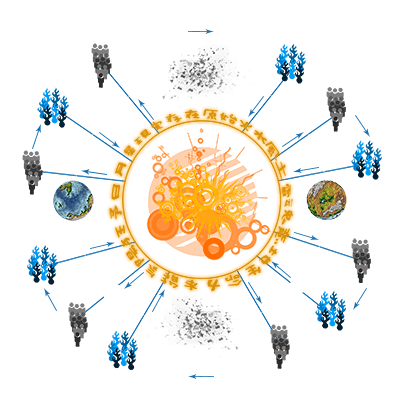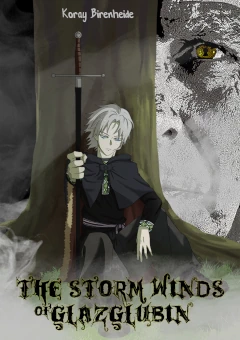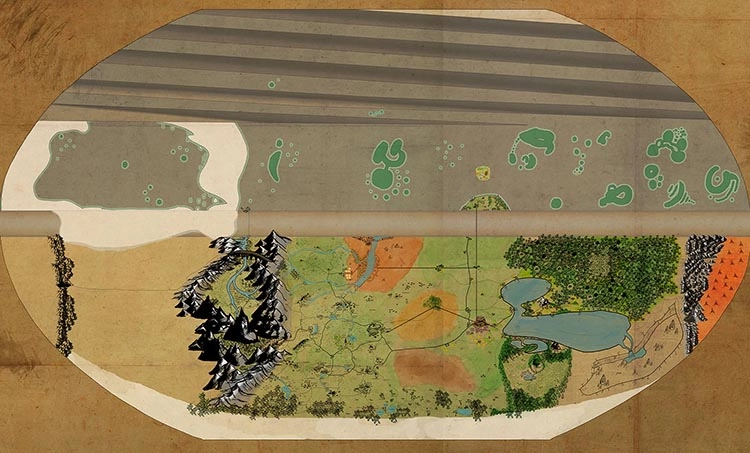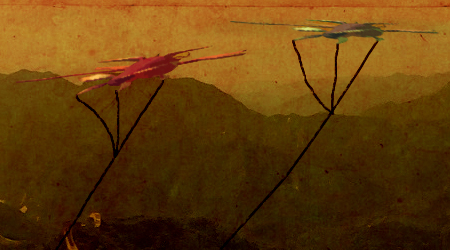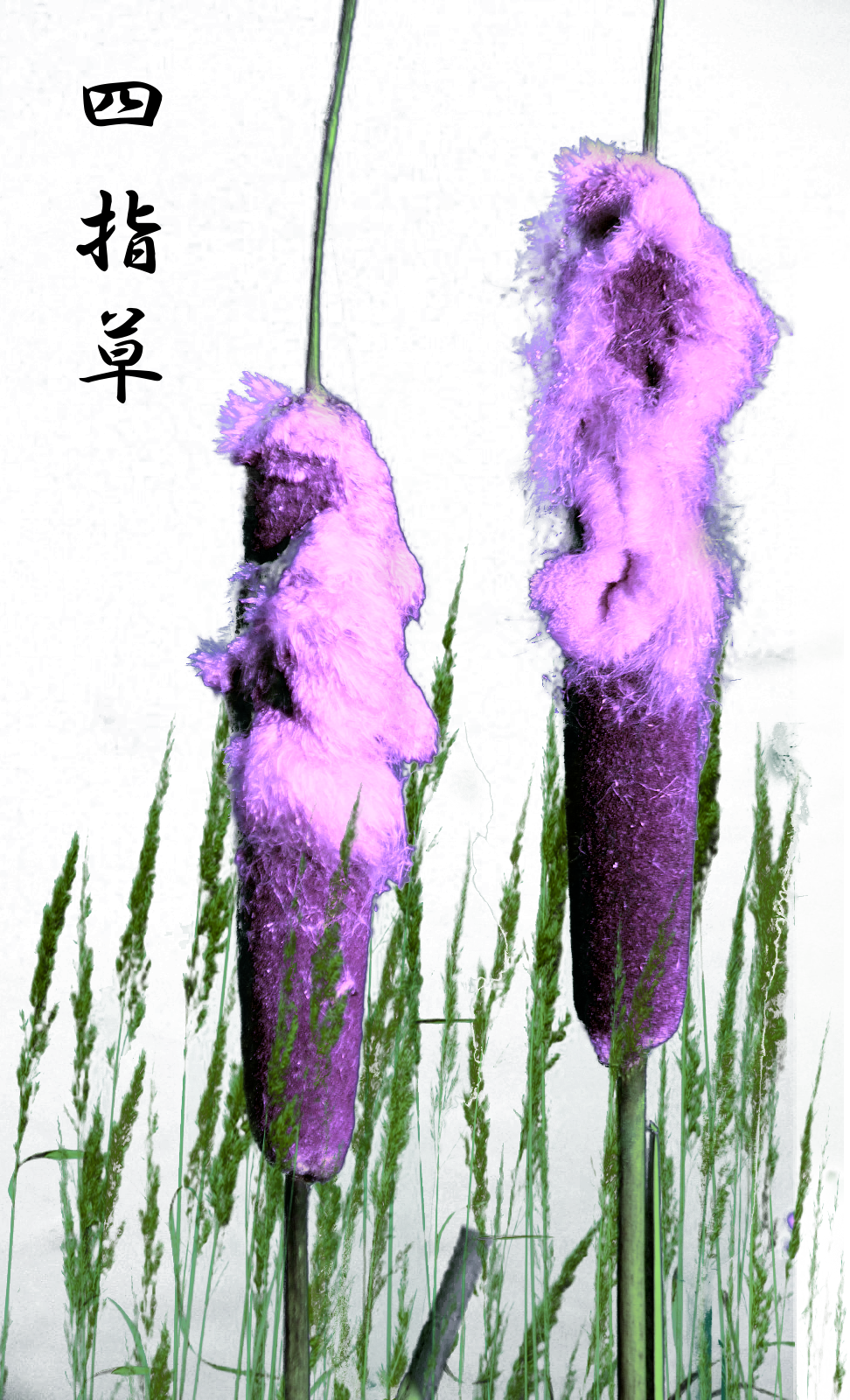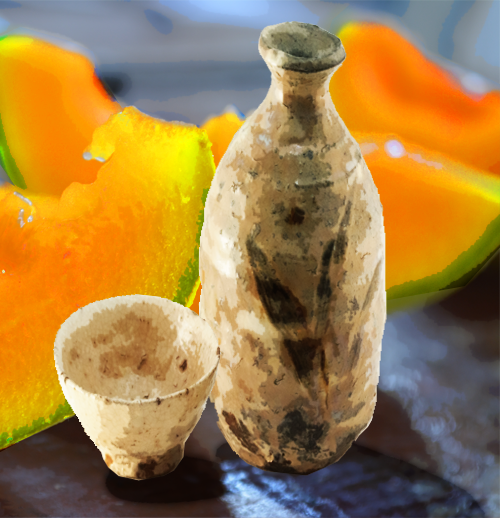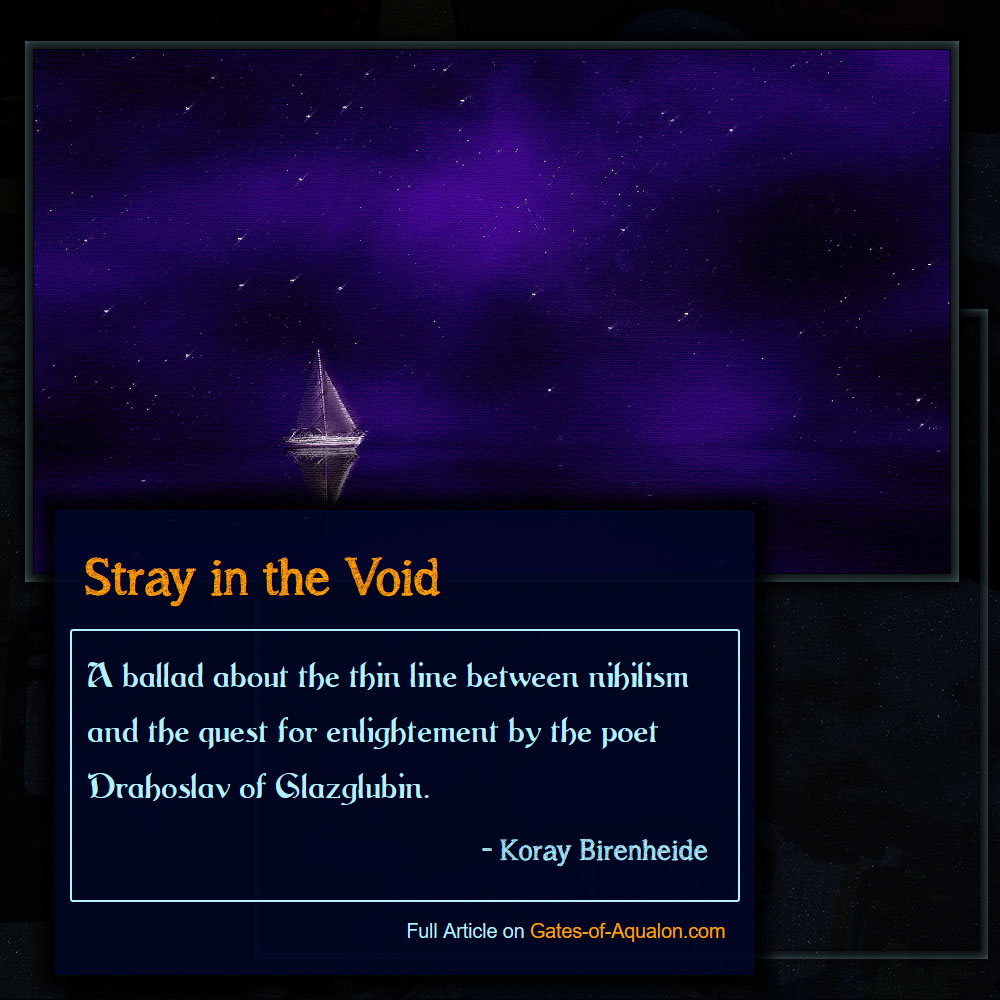About the Festival
An Outsider's Perspective
My old history teacher always had a cynical or denouncing remark ready when the topic turned towards the Yamato Kindom. "The Land of Hestia ", he called it, referring to that mad magus who burned down Estverde. I confess, he had quite a bit of influence on me, him being my father and all, but now that I am here, I cannot help but see my own prejudice quelled by a culture most beautiful and people that are quite industrious in their own right.Today, for example, a strange autumn celebration is being held in the streets of Yamaseki: people have been busy crafting bamboo kites with elaborate designs and beautiful colors. I have never seen a city so colorful; there are streamers and patterned carpets everywhere, and even the murasaki moths that many people here keep as pets had their soft furs dyed in many hues. Though I have trouble relating to the cultural love afforded to these odd creatures, eating some candied nantama fruit and pastries filled with sweet bean paste, drinking merrily with my hosts that have so graciously taken me into their home during my stay in the Yamato capital, I cannot help but think to myself: you have never known the beautiful essence of this land, father.This traditional celebration, one of many held throughout the year as I am told, is so vibrant and full of the people’s joy and love for each other and this beautiful country that I find my prejudices melt away. Indeed they are a backwards people when it comes to the sophistication of magic, but as I see skilled performers showing off the aerial acrobatics of their trained moths and kiters fly their ingenious contraptions against the rising Yamato winds as the trees along the mountainside turn red and golden in the changing of the seasons, I begin to understand that our industrial ascendancy has ever been matched by their own industrious rise. Freed of my father's misguided world view, I am now eager to listen to some traditional autumn poetry recitations this evening, dedicated to the latter harvest of the year and the coming hibernation of the moths.
The Darkest Day of the Festival
During the evening of the gatakoage festival on the 18th day of the ninth month in 539 GE, the Yamato emperor Taira Agetaka was startled by a ‘too realistic’ kite of a yarenma moth while enjoying a cup of tea on his balcony. He stumbled over the railing and fell six meters down into a cherry tree, severely injuring himself. After recovering, he banned the festival for a total of 10 years in his anger.Components and tools
An old photograph of two painted murasaki moth kites flown during the gatakoage in 843 GE. A flaw in the vintage 810 Gugenswytz lightscribe has led to some near-object skewing in the recording.


